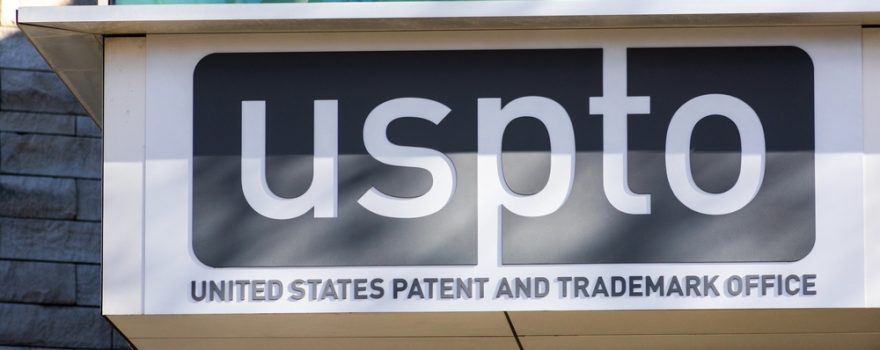
The U.S. Patent and Trademark Office (USPTO) has clarified its stance on artificial intelligence (AI) in patent applications. The agency explicitly states that AI systems cannot be named as inventors, yet individuals can employ AI tools during the inventive process, provided they disclose such usage.
After conducting hearings to gather public input, the USPTO emphasized that the utilization of AI systems by individuals doesn’t disqualify them as inventors. However, applicants must reveal if AI played a role, aligning with the agency’s requirement to disclose all material information for decision-making.
To register a patent involving AI, the individual must have made a substantial contribution to the invention concept. Passive observers who instruct an AI system without active involvement won’t be recognized as inventors. The agency specifies that merely posing a problem to an AI system without deeper involvement is insufficient for patent eligibility.
Demonstrating a significant contribution involves actively shaping the AI’s response to a specific problem, creating a nuanced interplay between human input and AI output, according to the USPTO’s guidelines.
The agency is clear that merely maintaining “intellectual dominance” over an AI system does not grant inventor status. Ownership or supervision of an AI system that generates inventions doesn’t automatically entitle one to patent applications.
This stance follows the 2020 ruling by the USPTO that restricted patent applications to “natural humans.” The decision came after researcher Steven Thaler’s petition to include the DABUS AI system as an inventor was rejected. The subsequent federal court ruling affirmed that AI systems cannot be named as inventors, extending the precedent to copyright applications as well.
As technology continues to evolve, the USPTO’s latest guidelines aim to strike a balance between recognizing human contributions to AI-driven inventions and ensuring the integrity of the patent system.




